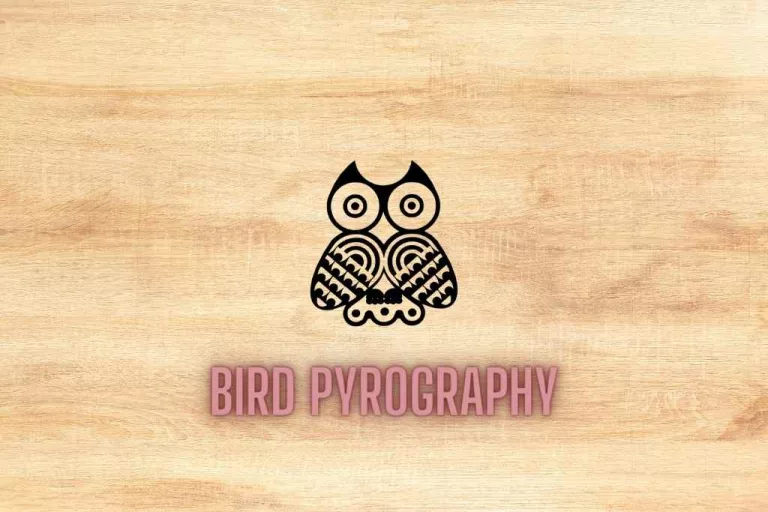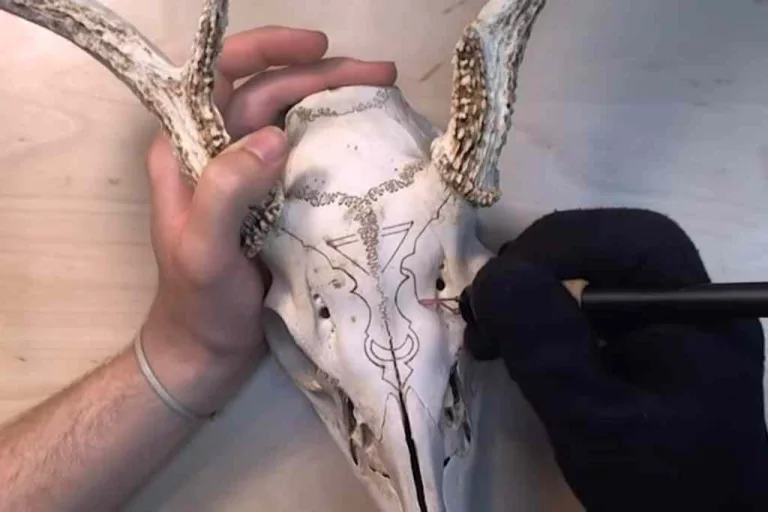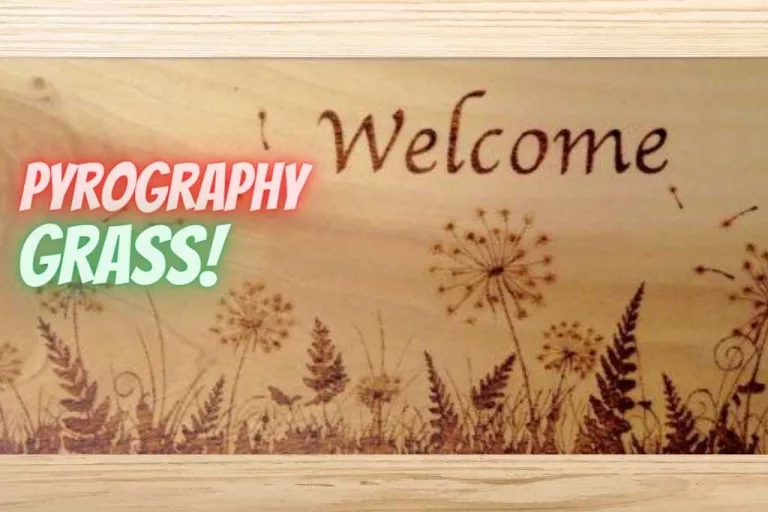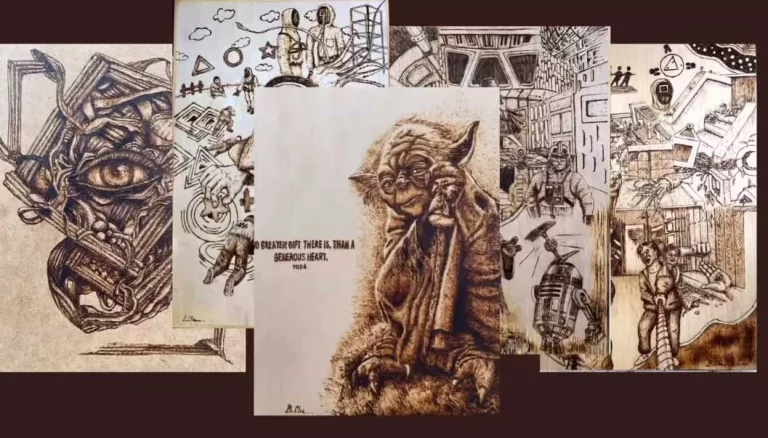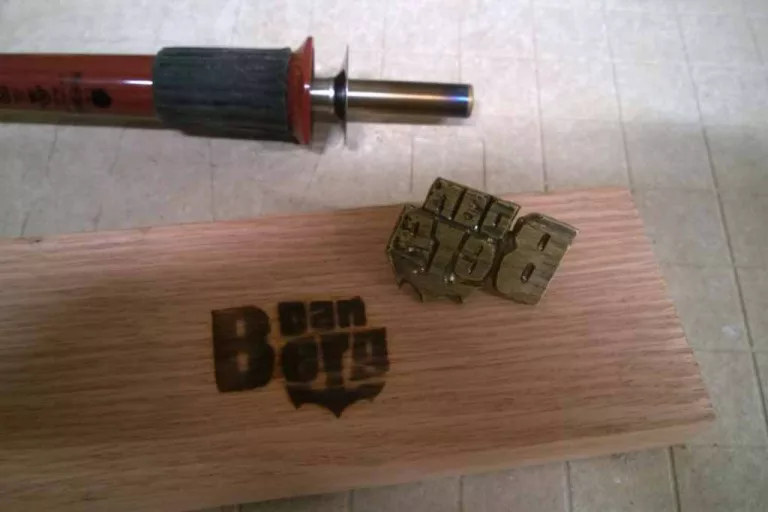Best Temperature For Pyrography – Guide for Burning Enthusiasts
The best temperature for pyrography varies from wood to wood, but it follows a overall range. Burning temperature is a vital parameter for this captivating art of infusing wood with intricate designs through controlled burning. This parameter, in turn, offers an enchanting journey of creativity. To truly harness its transformative power, one must master the harmonious interplay of temperature and technique.
Let us embark on a journey of discovery as we explore the art of pyrography temperatures, accompanied by insights and personal experiences, guiding you towards artistic brilliance.
Dealing with heat is not an easy job, especially if it comes in the form of art. We will limit this discussion on wood burn only in this article.
Heat Variables
This art does not mean you get a hot burning tool and create a design or portrait within a blink of an eye. Not at all. Pyrography is more than just wood burning and design-making.
The burning heat varies upon the following parameters –
- Temperature of the tip
- Metal alloy used in the metal tip
- Tip shape
- Stroke length
- Stroke speed
- Stroke pressure applied
- Wood texture
- Wood type
- Moisture content in the wood
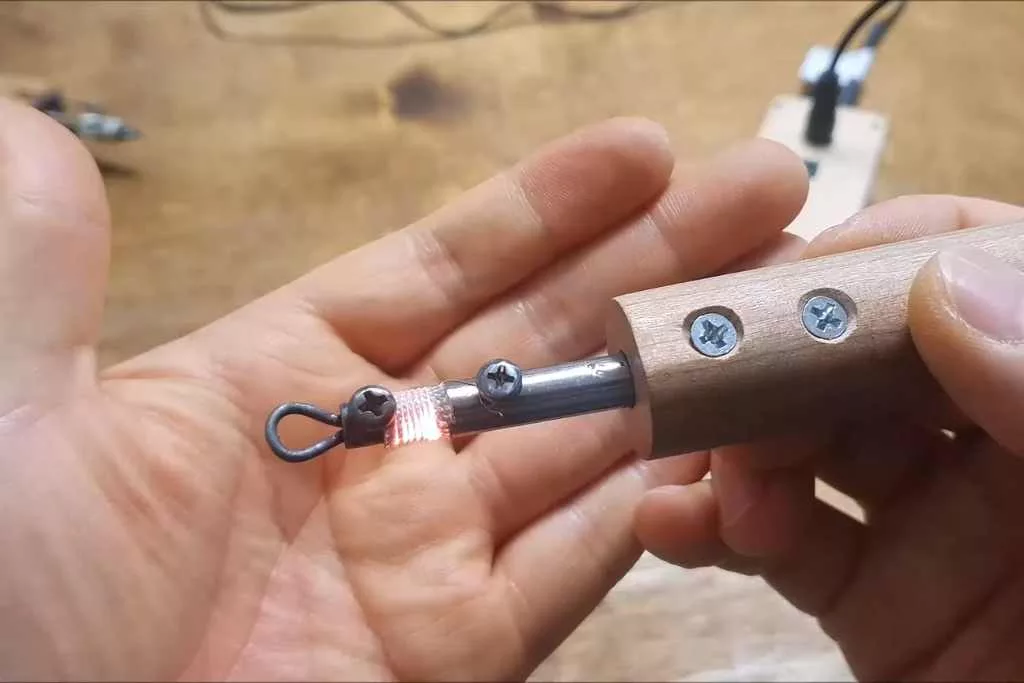
The wood burning technique has been around for many centuries. And over time, after many studies and practice, experts now know what temperature burns the wood better and which temperature is more appropriate for a pyrography art form.
So, what is the best temperature for your wood burning projects?
Pyrography Temperature
Common Practice
- The most common temperature for wood burning pen or pyrography is 600-degree Fahrenheit or 315.5-degree Celsius.
- But that is the initial temperature to burn wood.
- Depending on what type of art you are working on, you may have to increase and decrease the temperature.
The Spectrum
The Best Temperature for Wood Burning Pen or The Best Temperature for Pyrography ranges from 300°C (572°F) to 650°C (1202°F), unlocks the gateway to artistic expression. I found that for medium-density wood, the artistic voyage commences at 315.5°C (600°F) under standard atmospheric pressure.
My Experience
- Now, how far you need to raise the temperature depends entirely on the project. That is why I cannot tell you project by project. But I have heated my pen as high as 1375-degree Fahrenheit or 745-degree Celsius.
- Besides, the variety of the heat also depends on the pyrography pen or heating tool I use, and the materials they are made of. I gathered a clear idea of how hot the pens to be made to make the patterns.
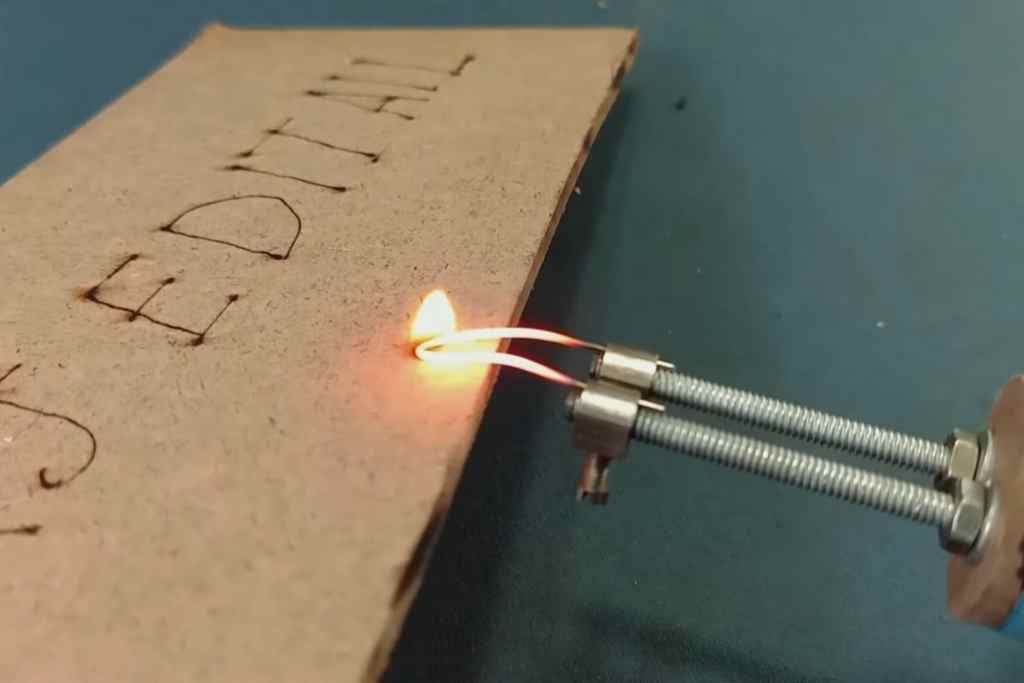
Why Do You Need Different Wood Burning Temperatures?
How well the wood burns are done depends on which type of wood you are using and whether it is soft or hard and the fiber structure.
And now your next question might be, why do you need different temperatures for wood burning? Well, I can give you plenty of reasons here. But as I mentioned in the above section, it depends a lot on your wood type.
Moreover, it also depends on what type of pyrography you want to create. So let’s check it out.
Workplace/Workroom Type
Where do you plan to sit down to carry on with your wood burning projects? Is it a big room with open doors and windows? Or is it a cold room with a strong breeze?
You must ask yourself these questions to know whether you need a high or low temperature. Why?
If you are already in a warm place, it will be easier to keep the pen warm or hot longer. Thus you might not need to set a higher temperature to burn wood. On the other hand, if it is a cold room or a breeze passing through it all the time, you have to consider using a higher temperature.
Pyrography Pen Type
Since a wood burning pen comes with a variety of tips serving different purposes, you have to put them on the pen or take them off throughout your entire pyrography sessions.
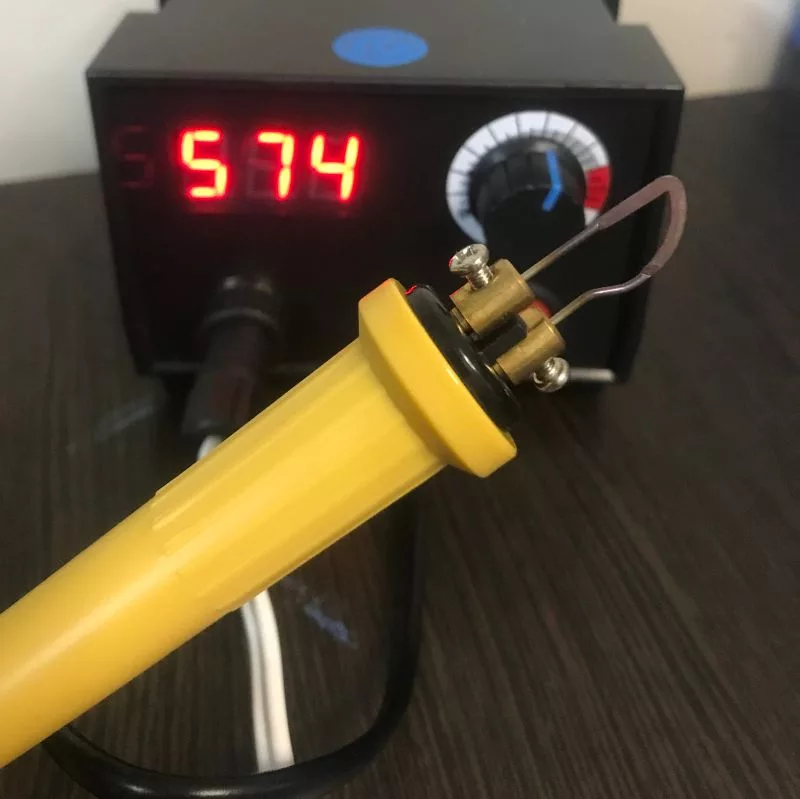
So it is not unnatural to attach them incorrectly. But that can prevent your pen tip from heating properly, requiring you to use heavy heat.
Another reason is if it is not properly clean, it will not work properly. Since you burn wood with the tip, it gathers ash, dirt and whatnot. A dirty tip cannot heat up properly, and you will need to use a higher temperature than usual to do the job.
Outlining
You might already know that even the simplest pyrography artwork has some parts, such as outlining, shading, filling, adding textures, etc. You cannot use the same temperature in all parts if you want a better and unique result. For outlining, you will have to use low to moderate temperatures. But it has to be enough to burn the wood smoothly.
Shading
The same goes for the shading technique. When applying shade, you do not burn the entire wood part. But it helps create various shades and gradients to add more details to your art piece.
That is why pyrography artists use a comparatively low temperature when shading the artwork. It helps burn wood without creating a very deep texture. But yes, you will have to apply a higher temperature to create shading than outlines.
Getting Deeper Texture
Talking about deeper texture, this one requires the highest temperature compared to outlining and shading. Creating texture involves burning the wood deeply enough.
And the more texture you want, the higher temperature you need to apply to burn the wood properly.
Controlling The Heat
You may not use a very high wood burning temperature regularly. But when you do, it is essential to maintain cautiousness because handling such high heat is not always a plaything. So here are what to expect and be aware of when handling a high-heat pyrography pen.
Challenging To Control
The wood burns faster when you apply a higher heat. It means you have to work really fast to ensure you do not overdo the wood burning.
So you must have the best control over your heating tool so that nothing goes wrong. That is why I always suggest beginners avoid burning wood at such a high temperature because they are more challenging to control.
You may face lots of imbalance at the beginning, do not worry, here is a help for troubleshooting.
Moreover, here is a pyrography temperature chart you should know about.
Pen Tip Wears Out Faster
Remember that your wood burning tool is made of metal. And metals do not last forever when they are constantly tolerating a temperature that wears them out gradually.
I used my regular burning pen tip for 3 years until it no longer gave me the expected result. Why? Well, I think you can guess the answer.
The Possible Dangers
Dealing with wires, heat, and hot tools is not a safe task. Other than inhaling fume, you are also exposed to the risk of various hazards simply because of using a high-heat tool. So make sure to wear your protective gear when burning wood with a heating pen.
You can check this video discussion on high temperature burning.
FAQs
How long should I let my wood burning pen heat up?
It takes about 2-5 minutes for the pyrography pen to heat up. However, the duration can vary depending on what temperature you require for burning wood.
How long does it take the pyrography pen to cool?
Since a standard pyrography pen tool is made of brass metal, it usually takes 5-7 minutes to cool down entirely. But I am talking about the tip here because it may take longer for the entire tool to cool down completely.
EndNote
Now you understand that the best temperature for pyrography does not work out the same way for everyone or during every wood burning task. Though it is not mandatory, using high heat can change your artwork in various ways.
So you must use it whenever necessary but make sure you have all the protective gear needed. And now that you also know the risks it comes with, I believe you can stay alert when burning wood at a high temperature from now on.

